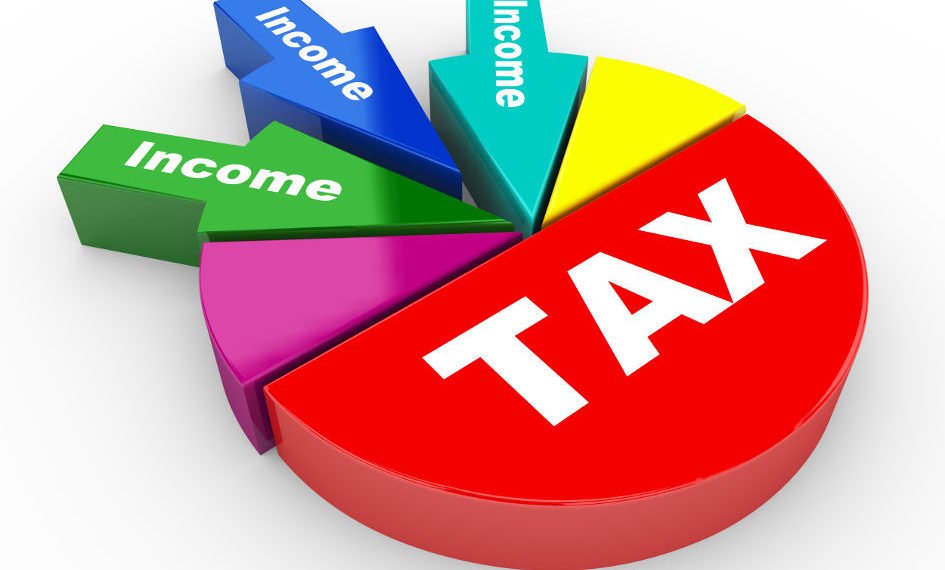The direction of Ghana’s tax revenues reflect increases in corporate income tax (CIT), but revenue growth from personal income tax and VAT have stalled relatively to GDP for the past two decades, according to a report.
Meanwhile, both corporate and personal income tax have undergone several reforms over the years, while that of VAT has mostly been stayed at current rates, the report hints.
“While corporate tax revenues have grown noticeably in recent years, personal income tax and VAT revenues have stalled relative to GDP, and international comparisons are suggestive that collections for these two taxes in Ghana are relatively low given the tax rates in place.
“Broadly, the direction of tax reform and revenues in Ghana in the last two decades has mirrored some of the major developments seen across the world, including a reduced reliance on taxes collected on trade and increased revenues from corporate income tax and VAT.”
Considering Ghana’s revenue mix, “tax collections on imported goods have become far less important, though they remain significant: 30 per cent of overall tax revenues were collected on imported goods in 2019 (including VAT and imported products), compared with 54 per cent in 2000.”
Based on recent data, the contribution of import duties to total tax revenue declined from 18 per cent in 2000 to as low as 12 per cent in 2019, representing a 6 percent decline.
Despite the fact that some gradual increases have been realized over the past two decades, Ghana’s tax-to- GDP ratio, which stood at 13% in 2019, continues to lie below that of many countries of similar characteristics. This notwithstanding, Ghana’s tax-to-GDP mirrors that of other countries in sub-Saharan Africa.
Comparing Ghana’s tax revenue with others
Looking specifically at a comparison between Ghana and countries of similar income level across the world, Ghana’s tax revenue collections are relatively low. Given available data used in the analysis, of 36 lower middle-income countries, Ghana ranked 26th in 2018.
In its medium term development strategy, the government of Ghana highlighted its goal to reach tax-to-GDP ratio of 20 percent by 2023. Thus, indicating its desire to mobilize revenue from domestic sources in order to fund its expenditures as well as improve its fiscal position.
Consequently, this is against the backdrop that Ghana’s overall budget balance stood at -11.7% of GDP for 2020, while expenditures on compensation of employees and debt repayment exceeded 100% of tax revenue within the same year.
The report indicates that the analysis of tax rates and tax types across countries was beyond its scope.
However, the overarching point made shows that the recent growth in corporate income tax revenues means they exceed those in other countries using similar tax rates. Also, personal income tax and general sales tax revenues remain lower than expected, all else being equal.
Here is a list of Ghana’s main tax types; direct taxes (Corporate income tax, personal income tax, mineral royalties, National Fiscal Stabilization levy, stamp duty, airport tax); indirect taxes (Value Added tax, NHIL, GETFund, Petroleum taxes, import duty, CST, excise duty).
READ ALSO: Ghana from policy introduction is as though founded on fraud, Prof. Bokpin suggests



















